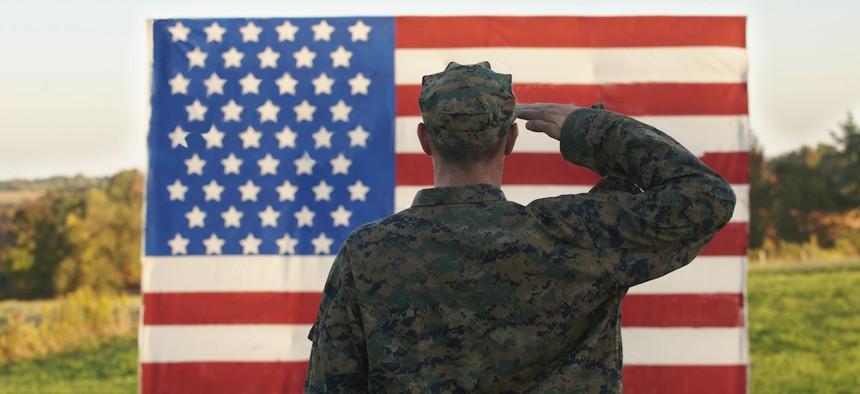Homelessness
Nonprofit study: NY’s homeless veterans need continued support
A shift in policy is needed to better serve this vulnerable population, according to a new report from Services for the Underserved

LWA/Dann Tardif - Getty
Thirteen percent of homeless New Yorkers are veterans, while 1.5 million veterans are considered at-risk of homelessness, according to a new report.
While the overall total of number of homeless veterans has dropped by almost 50% since 2009, due the efforts of housing support programs for veterans, the Services for the Underserved report still urged the continued support for those unhoused veterans who may be unaware of the support that’s available to them.
The report, entitled “Supporting Veterans and Ending Veteran Homelessness,” names mental health challenges, such as post-traumatic stress disorder, depression, anxiety, suicide and substance abuse order as a leading cause. Other factors include struggles with reintegration into civilian life, social isolation, inability to afford healthcare and housing and lack of awareness of services and support available.
“It's also vital to remember that some veterans either choose not to access their care at the (Veterans Administration) while others have historically been unable to register, were ineligible or currently are excluded from services,” said Adam Wawryne, senior regional director at Supporting Veterans and Ending Veteran Homelessness, a nonprofit helping New Yorkers facing homelessness. “Many National Guard members, if not activated under presidential orders for instance, cannot currently receive healthcare and homeless services from VHA programs including our own Supportive Services for Veteran Families project.”
In early 2020, 91,271 New Yorkers reported experiencing homelessness, with around 1,100 veterans experiencing homelessness in New York State. One of the main reasons for such high rates of homelessness for veterans is the lack of affordable housing, which disproportionately impacts low-income veterans. The average rate for a one bedroom apartment in Manhattan was $3,500, according to the most recent Housing and Urban Development (HUD) Fair Market Rent chart.
According to the U.S. Department of Veterans Affairs, 15% to 20% of veterans are impacted by PTSD. Those with secure housing have the ability to focus on treatment for mental health, while those who are housing insecure must manage finding housing, alongside the compounding effects of metal illness and other challenging factors.
The report recommends enacting legislation that protect veterans from source-of-income discrimination through the Fair Housing Improvement Act, investment from the government for low-income and affordable housing, expanding low-income housing programs preferences to include veterans, expand eligibility of Veterans Administration behavioral health and housing programs to National Guard members and create more support systems in Long Island.
So far, there is some progress being made in Congress to address these issues. In June of 2023, Sen. Bernie Sanders proposed new legislation under the National Guard Health Care Access and Expansion Act, co-signed by Sen. Cory Booker, that would expand access to members of the National Guard who are currently excluded from VA care. This legislation may also mean expanded VHA homeless program eligibility and services that support permanent housing.
“We need to improve veterans’ access to permanent housing options while continuing to fund the evidence-based services that help them maintain their housing long-term,” said Wawryne.
“Improving this access to ongoing supports such as those at Services for the Underserved will help veterans maximize their income and benefits, engage in clinical care, and streamline the other core services which help veterans to successfully maintain their permanent housing and live independently. Continued investment and an increase in spending on the continuum of veteran housing is essential- providing permanent supportive options with veteran-focused aftercare can leverage existing subsidies to be used more effectively.
